PROTECT YOUR DNA WITH QUANTUM TECHNOLOGY
Orgo-Life the new way to the future Advertising by AdpathwayThough not much grows outdoors, deciduous and evergreen species prepare for the oncoming growing season in March. They form buds on their stems that open as days lengthen and warm in spring. Some species open early, like witch hazel, while others are late, like hibiscus.
When to prune plants depends on their life cycle and the life cycles of their pests and pathogens. Prune at the right time to create quick-healing wounds resistant to these insects and diseases. Though March is ideal for pruning most species, it’s not the right time for old wood-blooming shrubs. They form buds off last year’s growth, meaning you’ll cut off the blossoms if you prune them now!
Resist the temptation to cut everything down, and selectively prune plants to shape them and keep them healthy. Most plants require little pruning! A good rule of thumb is to remove dead or diseased wood before cutting more branches. Then, you’ll be able to see the complete structure of your plants and make proper pruning decisions.
Without further ado, here are 11 trees and shrubs you should prune in March. Grab sterile pruners, gloves, and goggles, and get ready to make cuts!
Pruner

Felco 2
Classic Hand Pruner
Lopper

Gloves

Oak
 Prune oaks from November to March by removing dead or damaged branches at the branch collar.
Prune oaks from November to March by removing dead or damaged branches at the branch collar.Oaks are deciduous and evergreen trees with hardy foliage. They’re tough, drought-tolerant, and resistant to frost. With over 500 living species, oaks are abundant in the U.S.! Home buyers often inherit old trees that past owners planted.
Though oaks don’t often need pruning, a yearly shape-up will keep them looking good. Prune oaks from November through March to keep them shapely. Remove dead or damaged branches, removing them at the branch collar so they heal well. The branch collar is the bulging portion where a branch connects to the main trunk; it’s the best place to make cuts for quick healing.
Pruning during these months helps reduce the spread of oak wilt, a debilitating fungal disease. It’s spread by sap beetles that are abundant from April through October. Making cuts outside of this timeframe keeps infections to a minimum.
Apple
 March is ideal for pruning apple trees by removing dead, diseased, damaged wood, suckers, and crisscrossing branches.
March is ideal for pruning apple trees by removing dead, diseased, damaged wood, suckers, and crisscrossing branches.Apples and crabapples are longtime favorites of gardeners and farmers. They originated over 4,000 years ago when growers began cultivating domestic forms of the wild apple species Malus sieversii. Nowadays hundreds of fruiting and ornamental types exist that we gardeners know and love cultivating.
March is the perfect month for making cuts on apple trees. They’re still dormant with buds on their stems, though they’re actively preparing for the oncoming spring season. Make cuts to remove dead, diseased, and damaged wood. Then, remove suckers, water shoots, and crisscrossing branches.
This should be all the necessary work, though you can make additional cuts to shape your specimen if you’d like to. Remove less than a third of the tree to avoid shocking the specimen. Remove more and it may compensate by growing dozens of suckers and water sprouts.
Birch
 Prune birch trees in March to prevent birch borers from invading and causing fungal or bacterial infections.
Prune birch trees in March to prevent birch borers from invading and causing fungal or bacterial infections.Though birch trees may bleed sap when you prune them during March, it’s better to make cuts now rather than later. Wait a month or two and you’ll invite birch borers; they’re nasty beetles that tunnel into hardwood species, creating extensive channels where fungal and bacterial pathogens can creep in. Birch species are their favorite hosts!
Rather than inviting these pesky beetles, prune your birches before their buds open. Don’t make excessive cuts or you’ll weaken the specimen by leaching its sap. Remove dead wood, prune off suckers, and remove no more than a third of the tree in a single session.
Mountain Ash
 Prune mountain ashes from February to April to reduce fire blight risk and remove infected branches.
Prune mountain ashes from February to April to reduce fire blight risk and remove infected branches.Mountain ash trees are short-lived and quick-growing. They’re ideal trees to plant as saplings; watch them mature during your lifetime! Though gorgeous, mountain ashes are subject to fire blight and bacterial canker—prune them in late winter and early spring to mitigate the risk of infection.
Mountain ashes are members of the Rosaceae family like apples, cotoneaster, and roses. These specimens are extremely susceptible to fire blight. Prune them from February through April to reduce the risk of infection. If fire blight is present during the growing season, promptly remove infected branches to mitigate the spread.
Magnolia
 Wait until magnolia flowers fade before pruning a third of old branches for vigorous new growth.
Wait until magnolia flowers fade before pruning a third of old branches for vigorous new growth.Whether evergreen or deciduous, magnolias are stately specimens that stun garden visitors. Evergreen types like the Southern magnolia are large, wide trees, while deciduous types have large, showy flowers in white, purple, pink, and yellow shades.
Magnolias often bloom before other species in late winter and early spring—you may wait for their flowers to fade before making cuts. If you prune early, you might remove the flower buds before they open. Remove a third of the old branches to encourage new, vigorous growth, leaving upward and outward-growing stems intact.
Dogwood
 Prune dogwoods before buds open by removing dead, diseased wood and shaping branches based on sun exposure.
Prune dogwoods before buds open by removing dead, diseased wood and shaping branches based on sun exposure.Dogwoods are lovely flowering trees with large, showy blooms. The flowers are clusters of tiny blossoms with four showy leaf bracts around them. The leaf bracts look like petals, giving the appearance of giant blooms!
Like magnolias, dogwoods emerge from dormancy early in the growing season. Before the buds open, remove dead, diseased wood, then remove wonky and unruly branches. Note that dogwoods stay short and squat in full sun and dense and airy in partial shade—make cuts accordingly so their structures match their exposures.
Hawthorn
 Hawthorns benefit from late winter pruning to shape them and remove dead or unruly branches.
Hawthorns benefit from late winter pruning to shape them and remove dead or unruly branches.Hawthorns are incredibly decorative shrubs or small trees in the Rosaceae family alongside apples, mountain ash, and serviceberries. They have immense value for wildlife, offering flowers, berries, and habitat space for needy creatures.
Like the other plants in the same family, hawthorns benefit from late winter cuts made before the buds open up. Choose to shape your specimen as a large shrub or a small tree, then prune off wonky stems and dead wood.
Serviceberry
 Serviceberries are fire blight-prone, so prune from February to April and avoid heavy summer pruning.
Serviceberries are fire blight-prone, so prune from February to April and avoid heavy summer pruning.Serviceberries are growing in popularity—some consider their berries a superfood, while others love the shrubs for their ornamental qualities. Serviceberry plants flower early; they open their buds before dogwoods bloom. Catch them in March before they open, and you’ll make clean, even cuts that heal well.
Because serviceberries are in the same family as roses, apples, and hawthorns, they’re highly susceptible to fire blight. Make cuts from February through April, and avoid extensive pruning during the growing season when the bacteria are most active.
Cotoneaster
 Remove weak or old wood from cotoneasters before new growth appears between February and April.
Remove weak or old wood from cotoneasters before new growth appears between February and April.Cotoneasters are low-growing or upright shrubs that add dimension and color to borders, tree wells, and pathways. They sprout oval leaves, white bee-attracting blossoms, and bright red or orange fruits. The fruits aren’t edible for us gardeners, but birds love them! You’ll attract plenty of wildlife with a cotoneaster or two.
Cotoneasters are in the rose family and susceptible to fire blight. Some are deciduous, while others are evergreen or semi-evergreen in warm climates. From February to April, remove old, weak wood from both types before new growth appears.
Butterfly Bush
 Prune butterfly bush in March for vigorous regrowth and again in summer to prevent seed spread.
Prune butterfly bush in March for vigorous regrowth and again in summer to prevent seed spread.With dense flower panicles full of tiny blossoms, butterfly bush blooms are unlike any other flower. They’re attractive to butterflies and bees, offering delicious nectar and pollen to their visitors.
Although beautiful, butterfly bushes are incredibly invasive in many parts of the world, including the U.S. Even varieties that claim they’re “sterile” can help other butterfly bushes produce seeds. To limit their spread, remove them and plant native shrubs in their place.
If you keep your butterfly bush, give it a hard pruning this March. The shrub tolerates extensive cuts and grows back in full force with healthy growth. Prune it again in late summer to remove the spent flowers before they can spread seeds. Continuous deadheading helps lower the risk of invasiveness.
Hydrangea
 Only prune hydrangeas flowering on new wood in March to avoid cutting next year’s bloom buds.
Only prune hydrangeas flowering on new wood in March to avoid cutting next year’s bloom buds.Not all hydrangeas benefit from March pruning sessions! Only prune species that flower on new wood. Most types produce bloom buds on old wood in fall and winter. If you prune them, you risk cutting off the next year’s blooms.
Unlike old wood types, new wood species flower on new growth in spring and summer. There are two main ones: smooth hydrangea, Hydrangea arborescens, and panicle hydrangea, Hydrangea paniculata. Prune them by removing weak or spindly stems. Most types rarely need care—it’s better to plant these large specimens in an open area where they won’t require extensive pruning.


 7 months ago
96
7 months ago
96
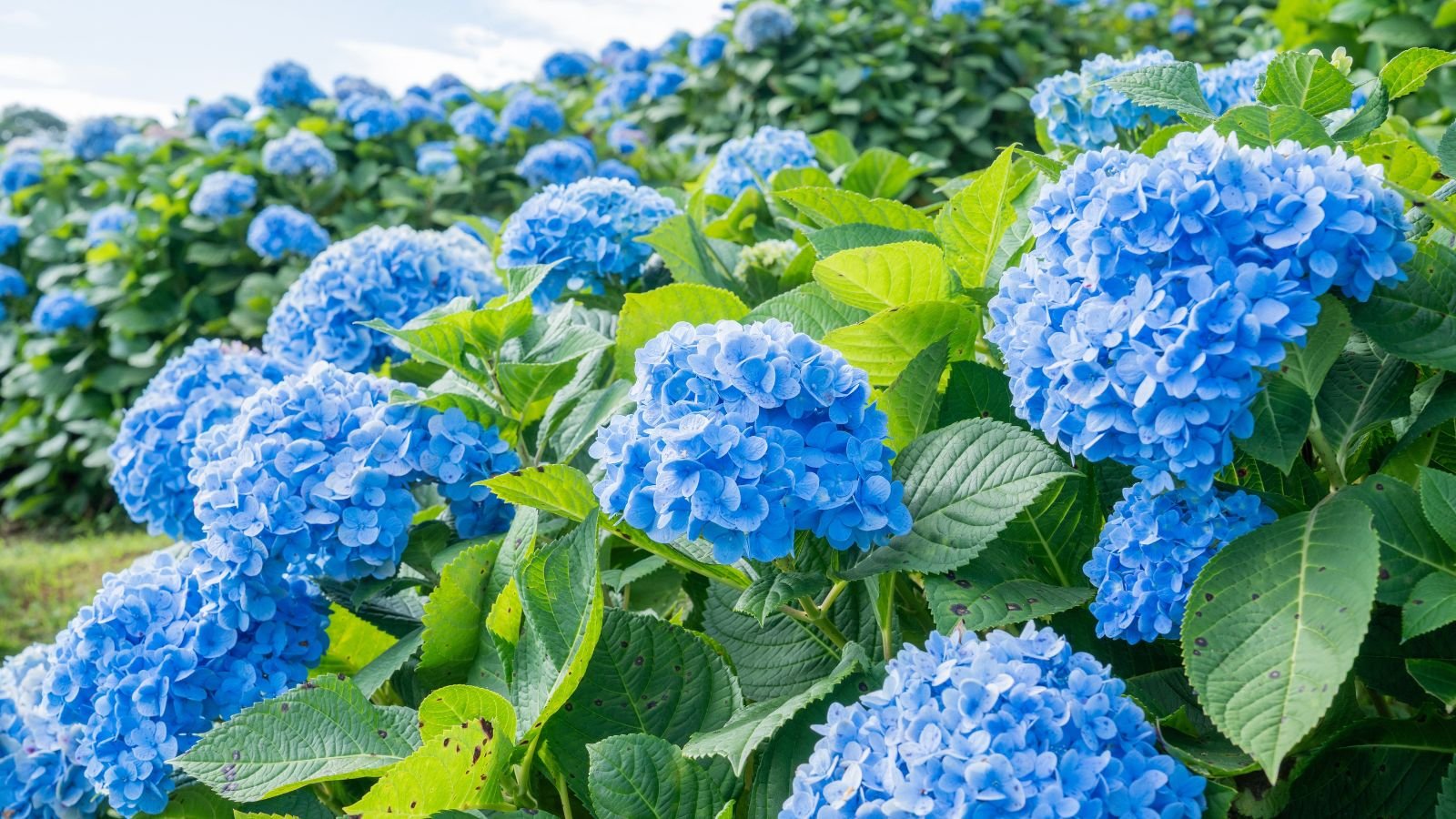
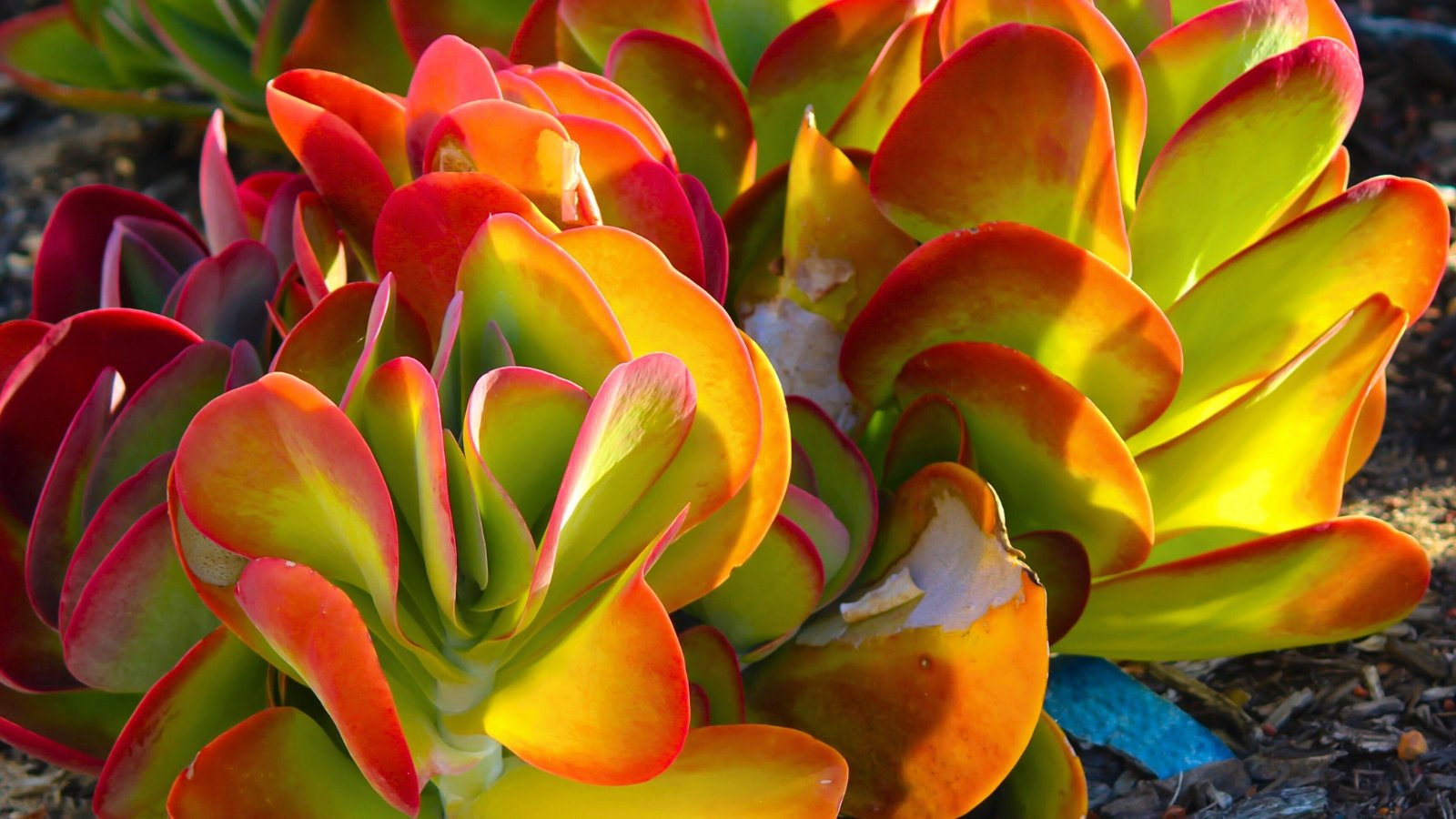
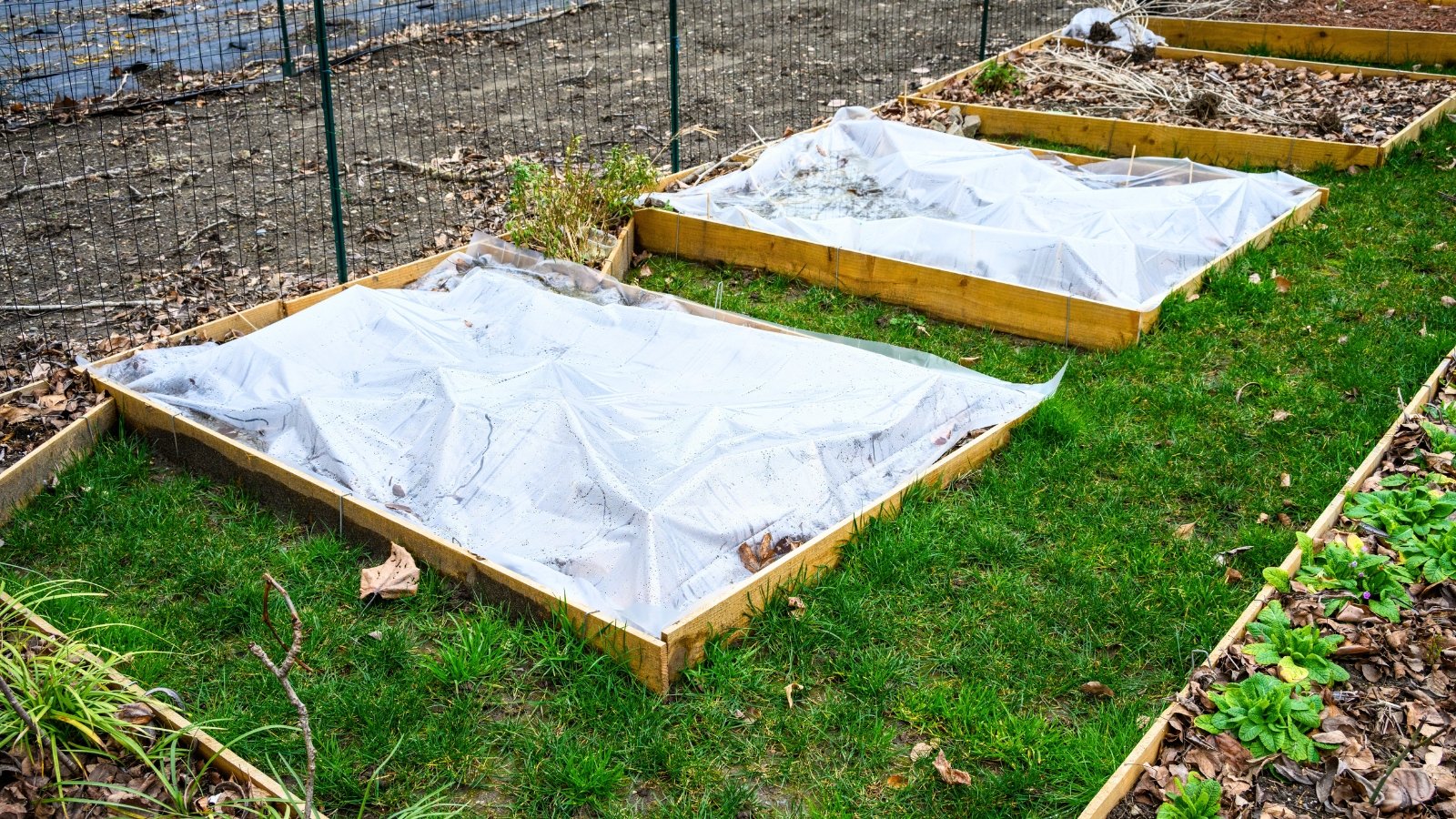
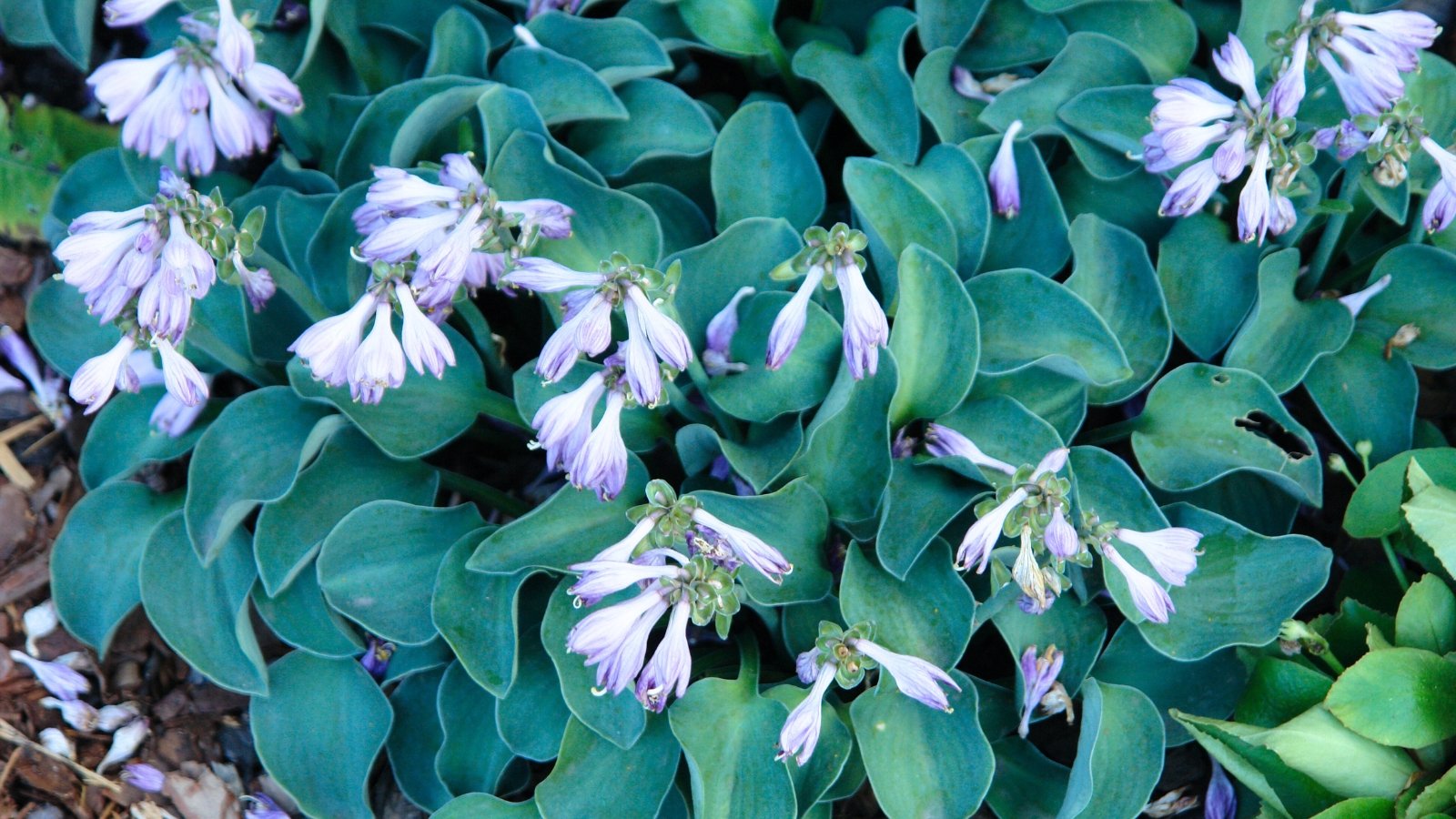


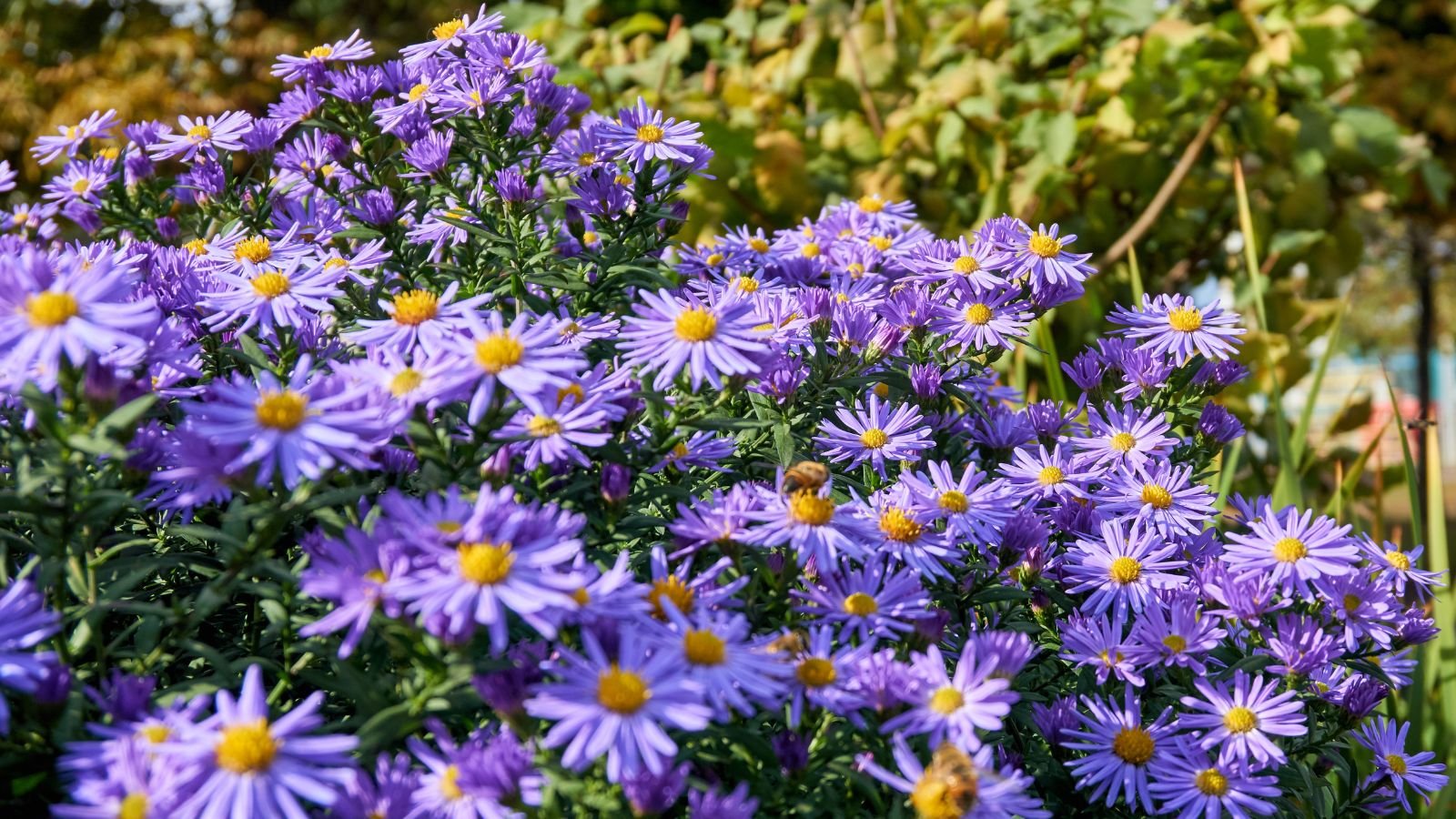














 English (US) ·
English (US) ·  French (CA) ·
French (CA) ·